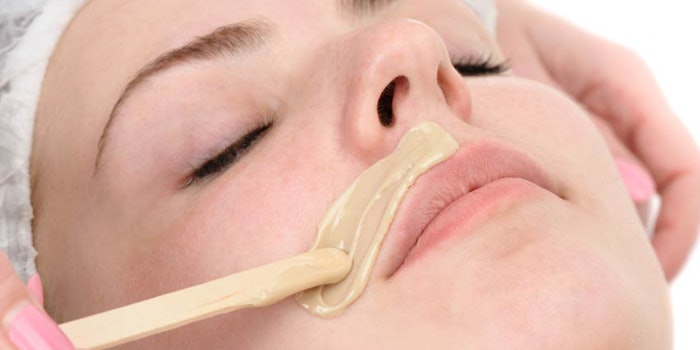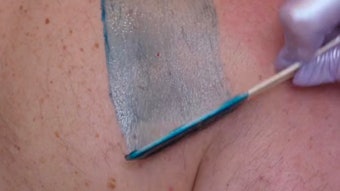
I am a firm believer that the universe is fair. I was blessed with healthy, voluminous locks on my head and full eyelashes, but I have a surplus of hair elsewhere. I have tried nearly everything—tweezing, shaving, depilatory creams, bleaching potions and epilating devices—but none of it worked too well. Even the slightest scent of cucumber makes me cringe with the thought of hair removal gone wrong.

Like me, many women and men out there find hair removal to be a daunting, time-consuming task. They want to avoid looking like yeti from the north, but they don’t want to smell their disulfide bonds being broken down or be in pain. Luckily the spa industry, and this issue of Skin Inc., has got our backs—and our eyebrows, armpits, legs, bikini lines, mustaches ... ahem ... etc.
For a permanent solution, Louis Silberman updates estheticians and spa owners on the latest tools and techniques for laser and intense pulsed light (IPL) hair removal. He discusses the use of radiofrequency to heat up the surrounding tissue, while laser or IPL destroy the hair follicle. As a side-effect, collagen production is stimulated for hair-free, plumper skin. He also talks about laser hair thinning, using laser and IPL for razor bumps and ingrown hairs, and varying wavelengths for darker skin tones.
On the more temporary hair removal side, industry veteran Lydia Sarfati returns to Skin Inc.with a guide on the proper waxing protocol, including: client consultation, sanitization, environment setting, skin preparation, product selection, application and post treatment, all in an effort to make the process effective and relaxing for the client.
Hair removal, and many other spa treatments, have to be customized for sensitive skin, and for good reason. According to naturopathic doctor Erin Madigan-Fleck, sensitive skin is defined clinically as, “abnormal stinging, burning, pain, pruritus and tingling factors in response to multiple factors, which may be physical, chemical, phychological or hormonal.” Estheticians must use the proper protocol when removing hair, exfoliating or treating sensitive skin—and assessment is key. Madigan-Fleck reviews sensitive skin characterisitics for clinical assessment, but also adds that a subclinical assessment evaluating other lifestyle factors is necessary, as these can continue to irritate the client’s skin despite a soothing, redness-reduction treatment at the spa.
It’s summer, and we’re putting it all out there in tank tops, shorts, bikinis and flowy dresses. Body hair needs to be gone, and with as little irritation as possible.
Yours in education,

Katie Anderson
Managing Editor










